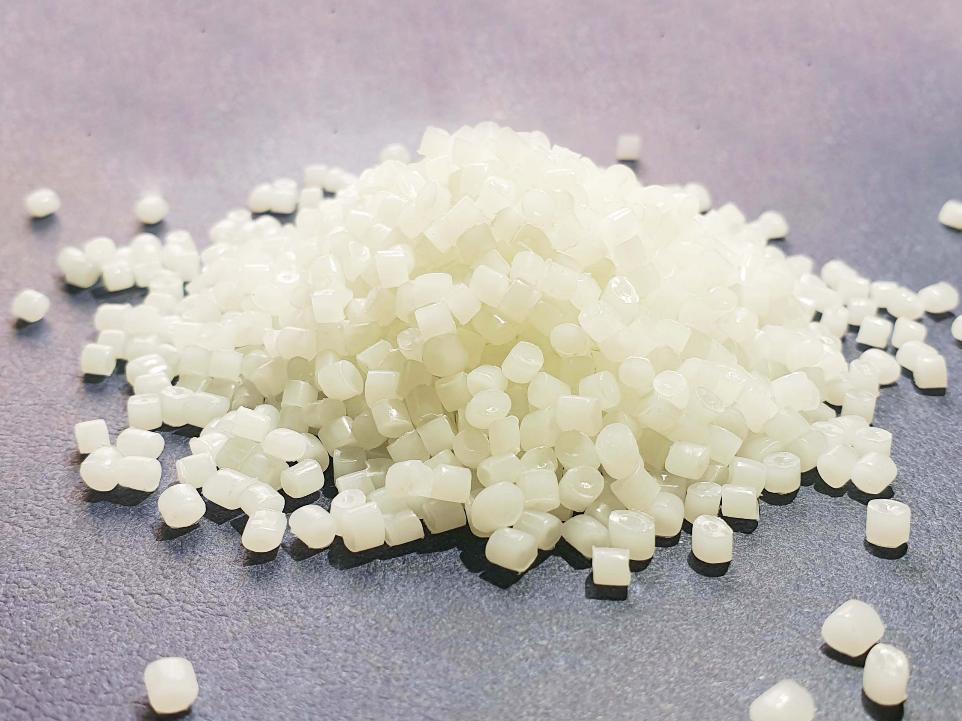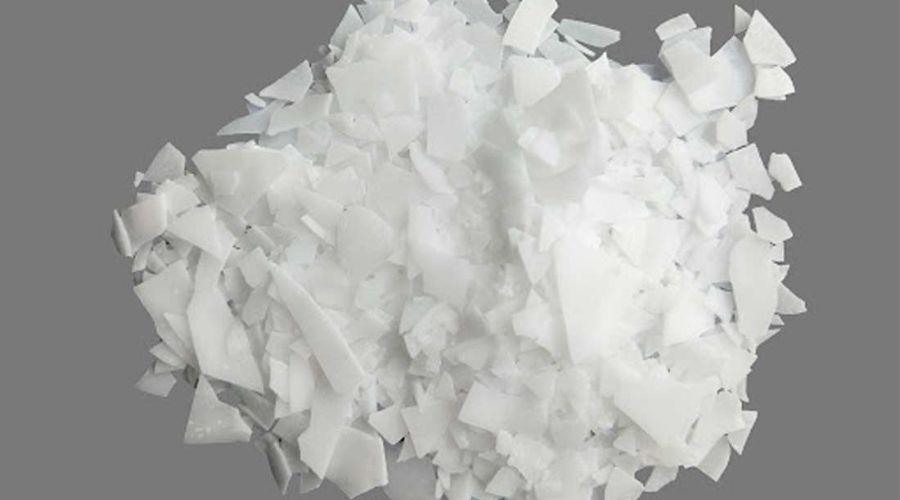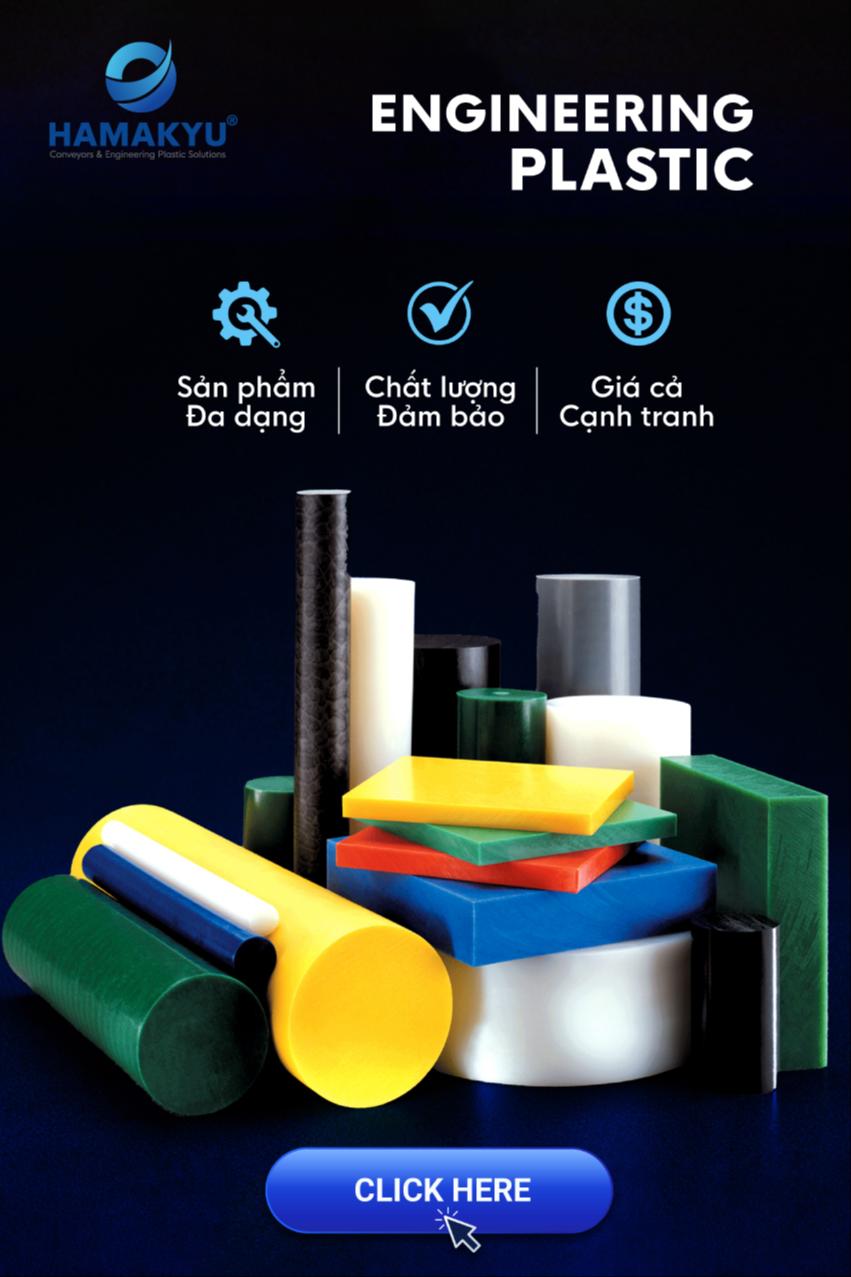I. Phụ gia chống dính là gì?
Phụ gia chống dính hay còn gọi là phụ gia chống đóng khối (Antiblock) là một loại phụ gia được sử dụng trong sản xuất vật liệu nhựa. Chức năng chính của nó là ngăn chặn sự bám dính của bề mặt màng nhựa hoặc tấm nhựa, có thể xảy ra trong quá trình sản xuất, bảo quản hoặc vận chuyển và sử dụng.
 Phụ gia chống dính cho nhựa (antiblock masterbatch)
Phụ gia chống dính cho nhựa (antiblock masterbatch)
II. Vai trò của phụ gia chống dính trong ngành nhựa
1. Ngăn chặn sự bám dính
Phụ gia chống khối được sử dụng để ngăn chặn sự bám dính của màng hoặc tấm nhựa với nhau, đặc biệt là trong quá trình bảo quản và vận chuyển. Các chất phụ gia này tạo ra bề mặt nhám cực nhỏ trên màng nhựa, giúp giảm hiệu ứng chặn và cho phép tách màng dễ dàng. Điều này đặc biệt quan trọng trong các ngành sử dụng màng nhựa lớn, chẳng hạn như trong bao bì và nông nghiệp.
 Màng phủ nông nghiệp
Màng phủ nông nghiệp
2. Cải thiện chất lượng bề mặt
Ngoài ra, chất phụ gia chống khối còn cải thiện độ trong suốt và trong suốt của màng nhựa, cũng như giảm hệ số ma sát, giúp màng dễ dàng xử lý và gia công hơn. Điều này đặc biệt quan trọng trong các ứng dụng mà hình thức và chất lượng của màng nhựa là rất quan trọng, chẳng hạn như trong bao bì thực phẩm và hàng tiêu dùng.

Màng bọc trong suốt
3. Cải thiện hiệu suất xử lí
Về mặt xử lý, chất phụ gia chống khối còn giúp giảm lực cần thiết để bung hoặc tách màng nhựa, từ đó nâng cao hiệu quả và năng suất trong quy trình sản xuất. Điều này đặc biệt quan trọng trong các dây chuyền đóng gói tốc độ cao, nơi việc xử lý màng nhựa trơn tru và hiệu quả là rất cần thiết.
III. Các loại phụ gia chống dính
1. Phụ gia chống dính vô cơ
Loại phụ gia chống khối phổ biến nhất là các hạt vô cơ, chẳng hạn như silica hoặc bột talc. Những hạt này được thêm vào nhựa trong quá trình sản xuất, tại đây chúng tạo thành một lớp cực nhỏ trên bề mặt nhựa, ngăn không cho nhựa dính vào các bề mặt khác. Phụ gia chống khối vô cơ có hiệu quả cao và phù hợp với nhiều ứng dụng nhựa.

Gel silica
2. Phụ gia chống dính hữu cơ
Một loại phụ gia chống khối khác là các hạt hữu cơ, chẳng hạn như sáp polyetylen hoặc sáp polypropylen. Các hạt này hoạt động theo cách tương tự như các chất phụ gia vô cơ, tạo thành một lớp mỏng trên bề mặt nhựa để chống bám dính. Các chất phụ gia chống khối hữu cơ thường được ưu tiên cho các ứng dụng trong đó độ trong và độ trong suốt là quan trọng vì chúng có tác động tối thiểu đến hình thức bên ngoài của nhựa.

Sáp Polyetylen
3. Phụ gia chuyên dụng
Ngoài các hạt vô cơ và hữu cơ, còn có các chất phụ gia chống dính chuyên dụng dành cho các ứng dụng cụ thể. Ví dụ, đối với bao bì thực phẩm, chất phụ gia chống khối tuân thủ các quy định về tiếp xúc với thực phẩm được sử dụng để đảm bảo an toàn cho thực phẩm đóng gói.
IV. Ứng dụng phụ gia chống dính trong sản xuất
1. Ép đùn
Trong ép đùn, chất phụ gia chống khối đóng vai trò quan trọng trong việc ngăn ngừa sự dính của các lớp màng trong quá trình sản xuất. Điều này giúp duy trì chất lượng và hình thức của màng cũng như tạo điều kiện thuận lợi cho việc xử lý và đóng gói sản phẩm cuối cùng. Bằng cách giảm hệ số ma sát giữa các lớp màng, chất phụ gia chống khối cũng góp phần nâng cao hiệu quả chung của quá trình ép đùn.
2. Ép phun
Trong ép phun, chất phụ gia chống khối được sử dụng để ngăn chặn sự bám dính của các bộ phận nhựa vào bề mặt khuôn. Điều này không chỉ cải thiện đặc tính tách khuôn mà còn nâng cao độ hoàn thiện bề mặt của các bộ phận đúc. Ngoài ra, việc sử dụng chất phụ gia chống khối trong ép phun giúp giảm sự hao mòn trên khuôn, giúp tuổi thọ khuôn dài hơn và chi phí bảo trì thấp hơn.
3. Đúc thổi
Tương tự, trong quá trình đúc thổi, các chất phụ gia chống khối được sử dụng để ngăn chặn sự dính của vật liệu nhựa vào bề mặt khuôn. Điều này dẫn đến độ dày thành mịn hơn và đồng đều hơn trong các sản phẩm đúc thổi cũng như cải thiện đặc tính tách khuôn. Việc sử dụng các chất phụ gia chống khối trong đúc thổi cũng giúp giảm sự xuất hiện của các khuyết tật như nhược điểm và độ nhám bề mặt, dẫn đến chất lượng sản phẩm cuối cùng cao hơn.
Nguồn: cpiplastic.com





